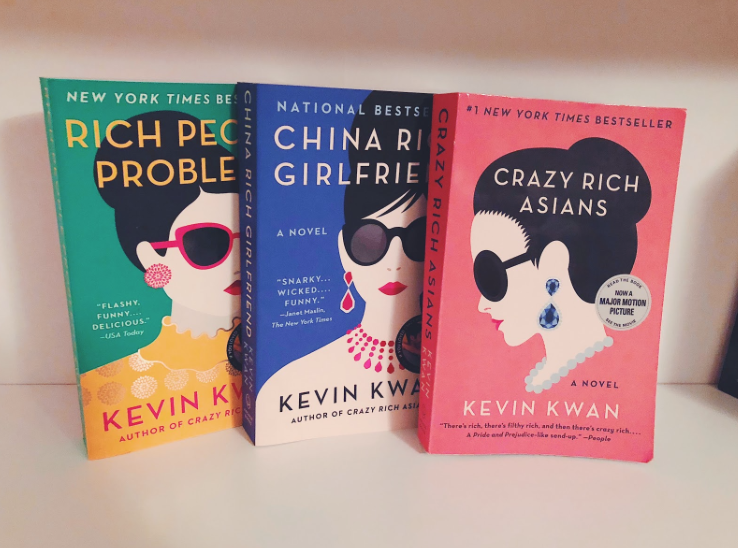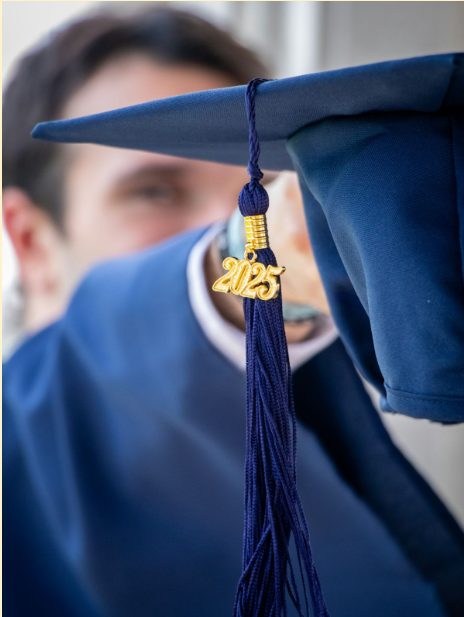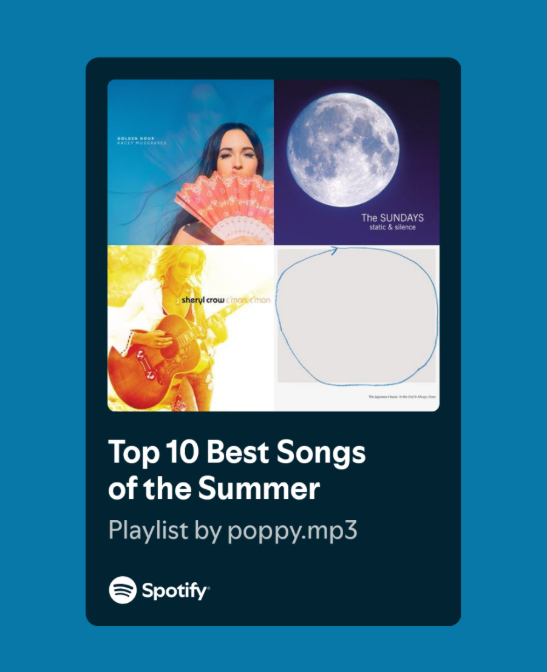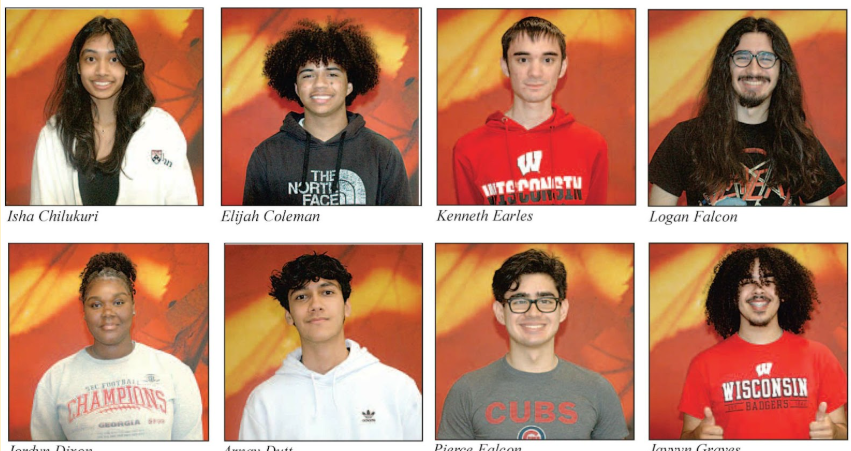An Honest Review of Crazy Rich Asians
The Crazy Rich Asians trilogy by Kevin Kwan includes Crazy Rich Asians, China Rich Girlfriend, and Rich People Problems
October 24, 2018
“The Book is Better than the Movie” is printed on t-shirts, laminated on pins, and even plastered on coffee mugs. As one who devoutly supports this well-known phrase and hates to be wrong, reading Crazy Rich Asians after seeing the movie was agony. In the case of most book-movie adaptations, the book has more substance; it provides more context to plot points, lets the reader glimpse the thoughts of characters and let’s not forget that the reader gets to inhale the smell of books everytime we open the front cover.
Crazy Rich Asians is written by Kevin Kwan, who is Singaporean American. The story follows Rachel Chu, a professor of economics, who falls in love with her boyfriend, Nick Young. To her astonishment, when both of them arrive in Singapore for a wedding, Rachel quickly realizes that Nick’s standard of living is on an entirely different level. In fact, many call him the Prince William of Asia. As Rachel delves deeper into Nick’s family history, she is encumbered in jealousy and classism perpetuated by Nick’s relatives. As the family continues to become viler, Rachel must decide if her love for Nick is strong enough to face the wrath of all young and single women in Asia.
Crazy Rich Asians can be classified in Realistic Fiction because the setting is placed in modern time. The story also follows the classic Romantic-Comedy plot, but it differentiates from other stories of this genre due to the representation of Asian culture. The success of this story is monumental for more representation of Asian culture in entertainment. According to USA Today, Crazy Rich Asians the book, sold more than 1.5 million copies. Following the release of the movie, the year-over-year sales for the book have increased by a tremendous 300%. The Box Office credits Crazy Rich Asians, the film, with bringing in 226 million dollars worldwide.
When I broke my first rule of watching the movie before reading its book, I had not anticipated preferring the movie. The overarching plot and characters share many similarities, but I felt that the book lacked the depth I was looking for after watching the movie which scratched the surface. Breaking down any literature, in my philosophy, requires analysis of two components: the plot and the writing. Many plot-driven stories disregard the writing (the language, rhetorical devices, and complexity of sentences), and on the reverse, many sophisticated books have a lesser focus on the plot.
The first problem that stood out to me the most was the change of perspective throughout the story. Kwan gave no introduction when changing perspectives from character to character. One paragraph would feature a character, and then the next three paragraphs would switch suddenly to another perspective. All of the characters have very distinct personalities, so when the perspectives changed, I was often confused when the soft-spoken female character had all of a sudden turned into a father yelling at his children. The lack of clarity on the point of view is a mistake made by very amateurish writers, leading me to be more critical of the rest of the book. After speaking with Julia Hylbert, a junior, about her take on the book; she had a different opinion on the perspective switches. “I felt like I just wanted it to be one story and then the next story, but the perspectives do add to it. And it kind of goes around the same time. I feel like they are necessary, even though they kind of bug me, and I want to skip them just to get to the parts I want to read about,” said Hylbert.
On a more positive note, one aspect of the book that I enjoyed was Kwan’s translation from different languages into English. In his writing, the author did not refrain from using the native tongue, so for a person who isn’t familiar to the languages used, reading the book would have been difficult to comprehend. Kwan translated words and phrases from Malay, Hokkien, Mandarin, and Cantonese into English to enhance the experience of the reader. For example, Kwan translated the word Alamak into English describing the word as: “Malay slang used to express shock or exasperation like ‘oh dear’ or ‘oh my God.’” Ultimately this feature was a beneficial addition to the book. As Hylbert explained, “It was educational. I could feel like I was more immersed in the book.”
On the whole, I greatly enjoyed reading the book and watching the movie. Despite some of my critiques, after reading the book and watching the movie, I was much more interested in Asian culture. I believe Kevin Kwan wrote this book for that purpose: to show those who are unfamiliar with the culture a different aspect that is not often in the spotlight. Furthermore, while I prefer the movie to the book, one must conclude that without Kwan’s idea, both the book and movie would not exist.














